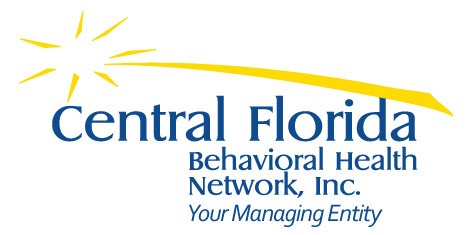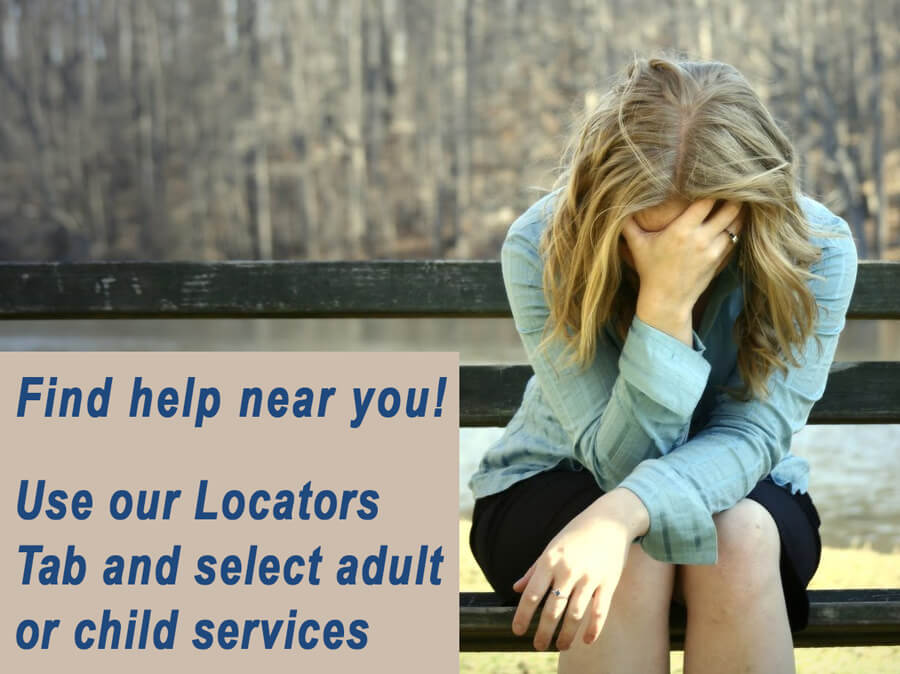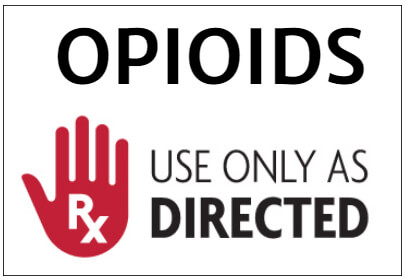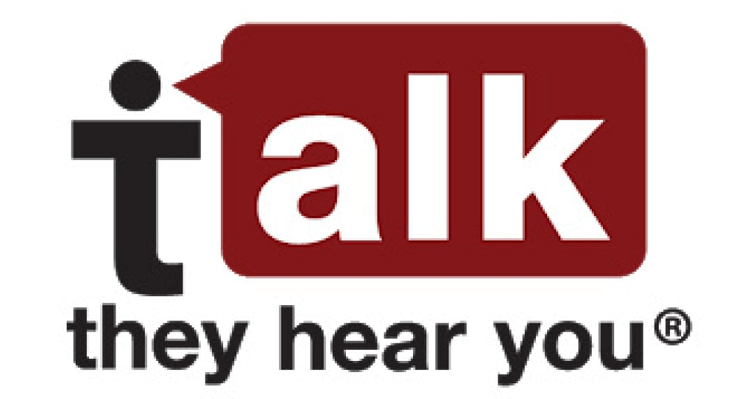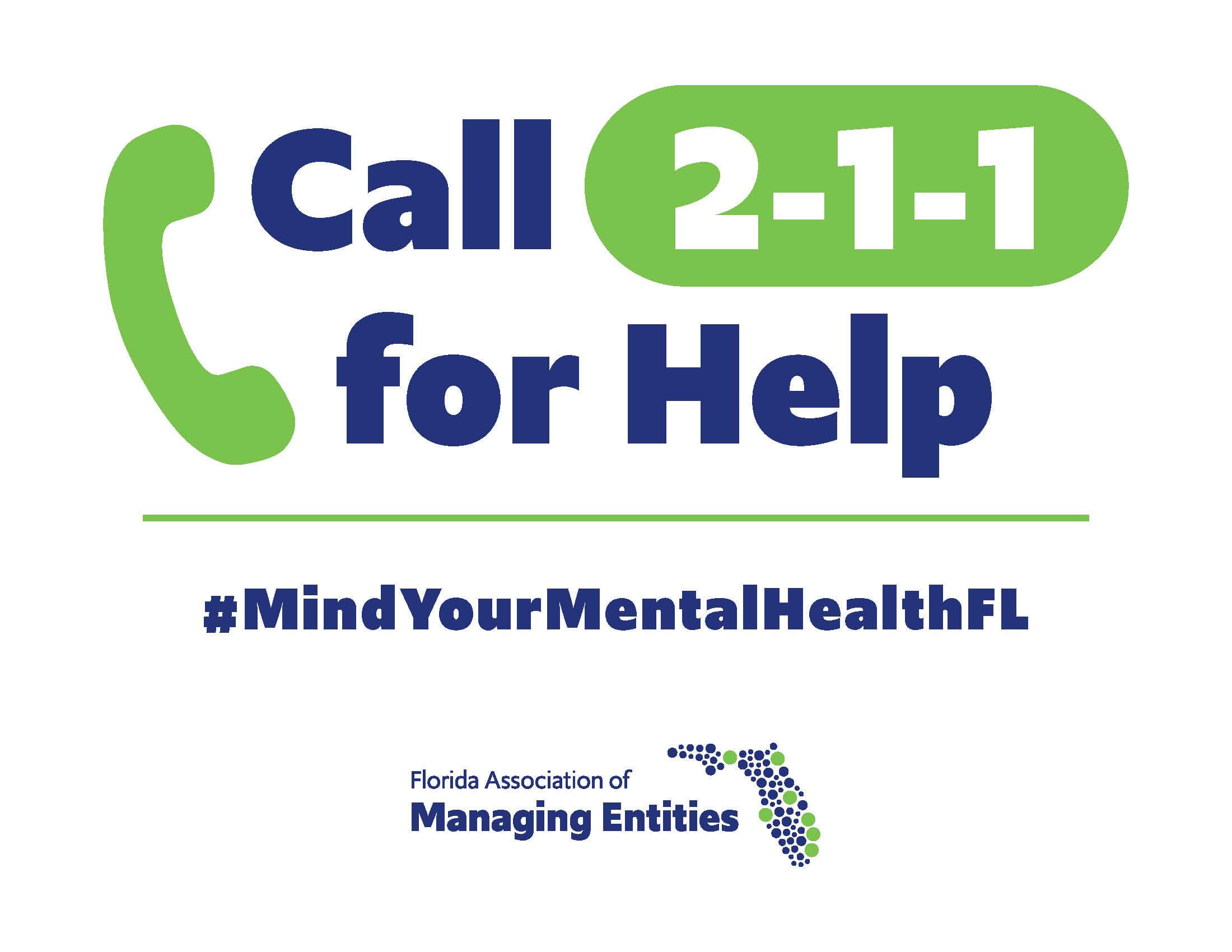Are You Ready When Patients Call? Their Survival – and Yours – Depends on It!
Referenced from: www.thenationalcouncil.org
Do you know where you’ll be at 3:15 p.m. on Tuesday, Feb. 20, 2018? I don’t. So why do we expect patients affected with mental illnesses or addictions to make appointments 30, 60, or 90 days in advance and then we’re surprised when they don’t show? Forcing patients to predict the future is not good for their health or the bottom line.
Think about how you access primary care. You go in Tuesday for a sore throat and may not need to be seen again for another six months. Your primary care physician or the urgent care clinic won’t close your case if you don’t show up at regular intervals. This reflects the consumer-driven, on-demand economy we live in. We can order from Amazon and have our package delivered in two days; our Lyft driver arrives in minutes to take us to the airport. Behavioral health must evolve to meet marketplace demands. It’s not just a matter of better patient care – it’s a matter of survival.
Are You Ready for Sally’s Call?
Let’s look at the typical way a person – we’ll call her Sally – and her mother – we’ll call her Lilly – access care for a serious mental illness.
Sally is having trouble sleeping. She’s thinking neighbors might be spying on her, and she’s stopped bathing regularly or changing her clothes. Lilly, her very worried mother, has lived through this before, and the result was the police taking Sally in handcuffs to the emergency room. So, Lilly calls the community mental health center where Sally got care after the last episode. Sally is given an appointment in two weeks.
Lilly supports Sally as best she can and, two weeks later, takes Sally to her appointment. Because Sally hasn’t been to the clinic in over 90 days, state regulations require Sally to have a new assessment. She’s then asked to return a week later to complete a new treatment plan. At that follow-up visit, staff determine Sally would benefit from seeing a psychiatrist, so they give her the first available appointment, 45 days later. Sally continues to spiral downward and yet again ends up in handcuffs in the ER. She never makes it to her scheduled psychiatrist appointment, and both she and her mother have suffered for weeks.
Sally is not real, but this scenario is. Her story is repeated hundreds of times every day around the country. Not only are Sally’s needs unmet, but the clinic is frustrated by unfilled hours for which they can’t bill. Their no-show rates are 50 percent or higher, which means, notes Scott Lloyd, president of MTM Services, that you might as well “flip a coin” to figure out who is going to show up for their appointment and who isn’t.
“The False Reality of Full”
For the past 20 years, MTM has been leading a revolution in patient scheduling, helping more than 700 teams learn how to offer assessments on the same day patients request them. This reduces no-show rates, increases staff productivity and improves patient engagement and satisfaction.
Part of the problem, Lloyd says, is what he calls “the false reality of full.” Think of it this way. Because you typically schedule your clients more than a month or two in advance, you can’t find a place for Sally for 45 days. But because you are scheduling that far in advance, more than half of your clients aren’t showing up for their appointments, so, in theory, you could have seen Sally much sooner because of the cancellations. “You aren’t full, you’re just scheduled full,” Lloyd explains.
When Sally calls and you can do an assessment the same day, you’ve opened the door to treatment. To be certain that Sally stays engaged, some organizations are taking same-day access a step further. Through a process called Just in Time (JIT) prescriber scheduling, MTM has worked with teams in more than 10 states to cut wait times for psychiatric evaluation to as little as three to five days.
Keeping the Lights On
What does this mean for you? By cutting their no-show rate for medication management visits by 75 percent, one team in Georgia increased billable hours by four a day, which translated into a revenue increase of 36 percent. But this is about more than money; this is about sustainability and, most importantly, about patients and those who love them.
You can’t compete in a health care marketplace that emphasizes value-based performance or adequately care for your community if you are turning away patients, and the ones you do have aren’t showing up for care. When you improve your workflow structures, you can market yourself as a provider of choice to partners and payers. That’s what happened to a North Carolina team – when they showcased their success with same-day access, they won RFPs and were invited to join additional networks.
Think about how this impacts staff. When they aren’t using non-billable time to call-in refills for patients who miss appointments, double and triple booking to account for no-shows and wondering what they will do if everyone shows up, and filling out endless rounds of paperwork, their job satisfaction increases. That’s no small feat in an industry with lower reimbursement rates than the rest of the safety net and a resulting 40 percent annual turnover rate.
Being Fearless
Safety net behavioral health organizations are fearless in their dedication to mission. They fight the good fight every day with little under their control and layers of oversight and outmoded regulations to contend with. They embraced and implemented integrated care way before primary care, which is still struggling even with new collaborative care codes, and they continue to serve their communities despite years of stagnant rates and the indignity of cuts dressed up as “reform” and “transformation.”
Now, Sally and her mom are calling. You’ve never hesitated before, and you don’t want to now. While some things like outdated regulations are out of your control, you do have control over your internal work policies and processes. Let’s not fool ourselves – implementing same-day access and JIT prescriber scheduling is not for the faint of heart. It requires detailed workflow analysis, new staffing patterns and a conversion period so that changes are seamless to patients. That’s where MTM Services comes in. They have been stepping up to these new realities, and they have a long history of supporting community organizations.
You’re not alone. We can help. Please be in touch, lindar@thenationalcouncil.org.
